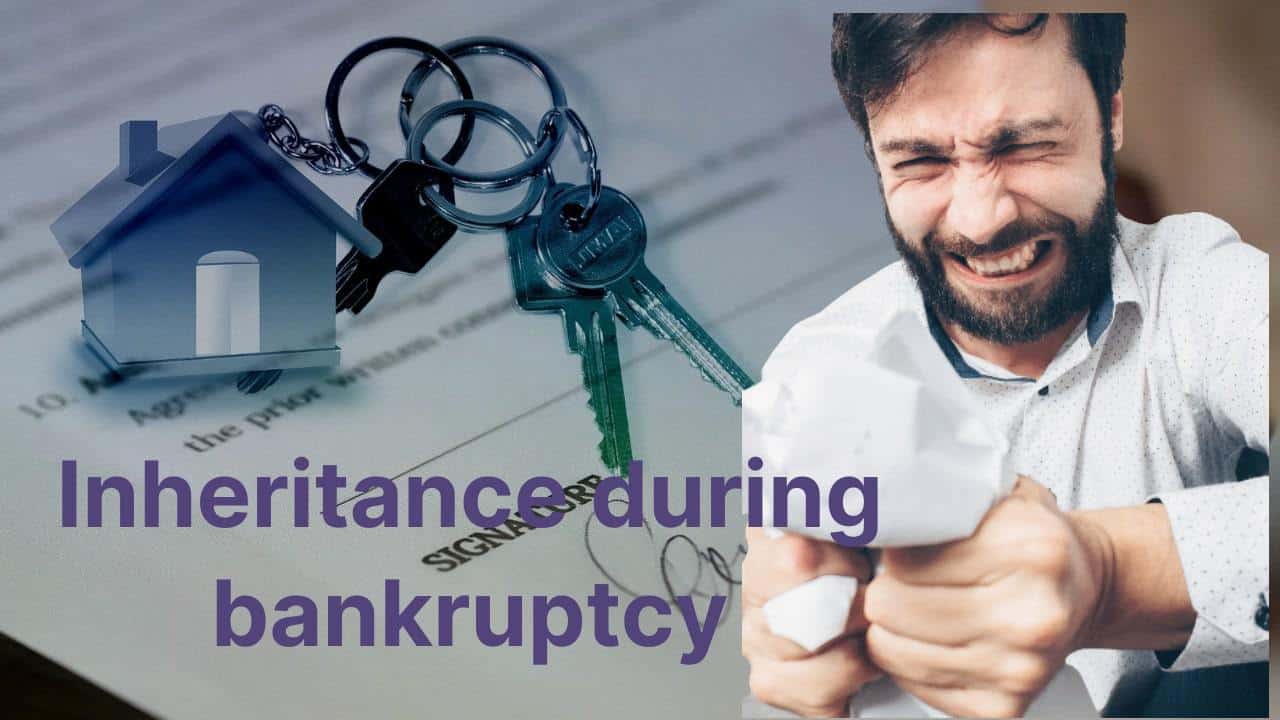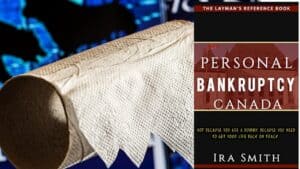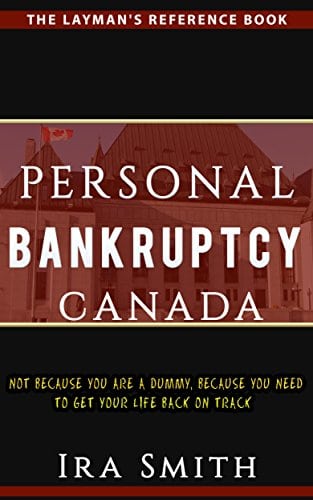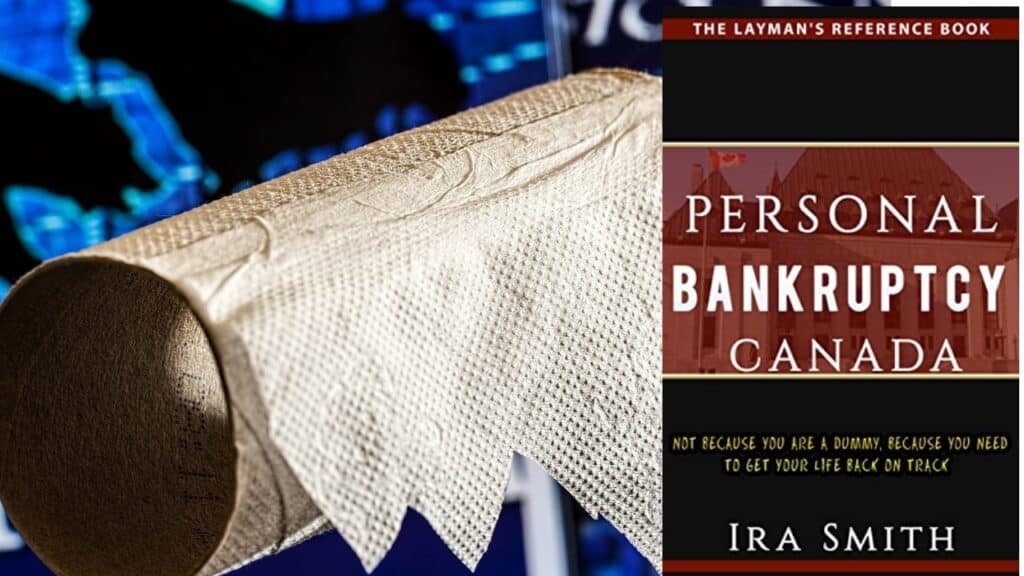Inheritance during bankruptcy: Family situations
Your assets are considered yours in Canada. In other words, if during your bankruptcy you inherit money from a family member, the property belongs to the bankruptcy estate. Your property, including cash, will be distributed by your licensed insolvency trustee (“Trustee”) to your unsecured creditors.
Whenever an insolvent person comes to us for a free consultation, we always inquire whether or not the insolvent person is in line to inherit anything in the near future. Our recommendations will depend on the answer.
Many Canadians wonder whether the bankruptcy process will affect their inheritance. The Court of Appeal for Ontario recently reviewed a bankruptcy judge’s decision that bankruptcy would impact an estate in Richards (Re), 2022 ONCA 216 (CanLII).
This Brandon’s Blog examines this Court of Appeal decision about inheritance during bankruptcy. The case looks at would you lose your inheritance if you filed for bankruptcy, or can you use family situations to protect it from your creditors and eventually be able to get it back?
Inheritance during bankruptcy: Bankruptcy, winnings, gifts, inheritance property and the Bankruptcy and Insolvency Act
Section 67 (1)(c) of the Bankruptcy and Insolvency Act (Canada) (“BIA” ) sets out the bankruptcy law and the bankruptcy procedure regarding the property of the bankrupt as:
“all property wherever situated of the bankrupt at the date of the bankruptcy or that may be acquired by or devolve on the bankrupt before their discharge, including any refund owing to the bankrupt under the Income Tax Act in respect of the calendar year — or the fiscal year of the bankrupt if it is different from the calendar year — in which the bankrupt became a bankrupt…”
This includes any assets that you own as of the date you filed for bankruptcy, as well as any assets that you have acquired after filing for bankruptcy and before you get your bankruptcy discharge. Additionally, it includes assets that you were entitled to but hid or contracted out of.
There are two parts to that sentence that are simple, but the second part is more complicated. Gifts, lottery winnings, inheritance during bankruptcy, and any other unexpected financial gain are included in this category.
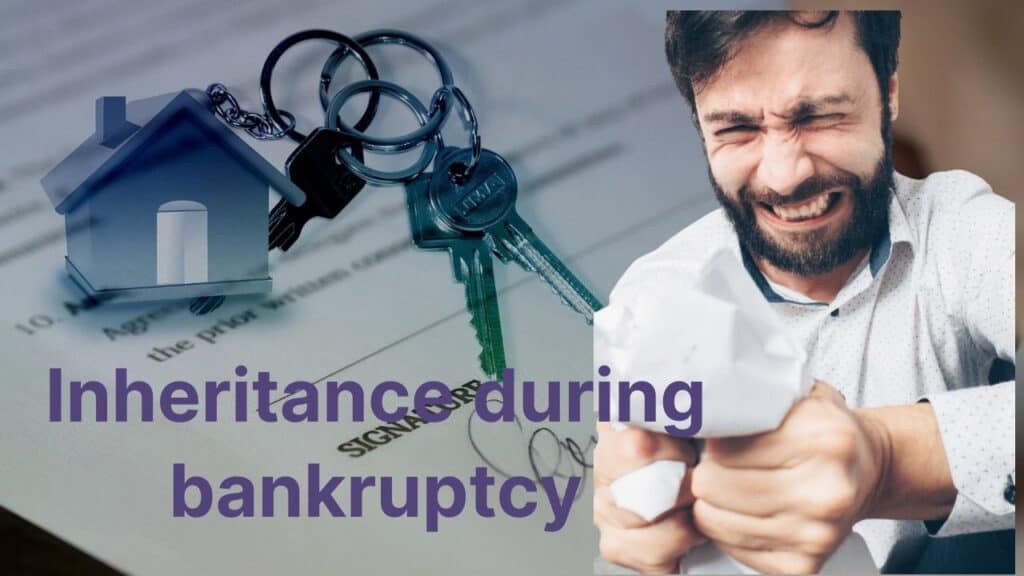
Inheritance during bankruptcy: What happens if I receive property, assets or an inheritance while I am bankrupt?
Receiving an inheritance or gift of a property while in bankruptcy can be a mixed blessing. A gift or inheritance can relieve financial stress by allowing you to pay off debts that would otherwise require you to file for bankruptcy. Receiving assets, property, or inheritances during bankruptcy will be for the benefit of creditors and will also affect how your bankruptcy file is handled including your discharge, as well as whether you were really qualified for bankruptcy at all. Of course, timing is everything.
The reason is the section of the BIA I quoted above. Your windfall could have paid off all your creditors without making an assignment in bankruptcy if it was large enough. In the event that it happens during your period of bankruptcy and before you apply for discharge, but the windfall is not large enough to pay off all your debts, it will affect the type of discharge from bankruptcy you may be able to get, whether it is an automatic discharge or a conditional discharge.
If it occurs after you have made your bankruptcy filing and is large enough to pay off all your debts, then perhaps you can apply to annul the bankruptcy. So all of these factors have to be taken into consideration when you experience an inheritance during bankruptcy or if you otherwise have a windfall.
Inheritance during bankruptcy: Will I lose my Inheritance in a bankruptcy?
By now, you should know that you will lose whatever part of your inheritance during bankruptcy. It will be whatever portion is required to pay off your creditors in full (plus interest). But what happens to an inheritance during bankruptcy if you try to contract out of receiving your inheritance if you are an undischarged bankrupt? Can the Will or trust set up that provides you with the inheritance be used to stop you from losing it during your bankruptcy?
That is what the Court of Appeal for Ontario decision in Richards (Re), 2022 ONCA 216 (CanLII) is all about which I will now describe.
Michael Richards filed an appeal with the Court of Appeal for Ontario on March 11, 2022, challenging the bankruptcy judge’s order from June 3, 2021. The issue at stake concerned the interpretation of a trust of which Mr. Richards was a beneficiary (the “Trust”).
A judgment against him was owed to The Royal Bank of Canada (“RBC”) for $987,613 plus costs and interest. Mr. Richards was struggling financially. RBC filed a Bankruptcy Application against him on September 16, 2019. The Bankruptcy Order was issued the same day.
A trust set up by his father in 2001 gives Mr. Richards the right to either the property at 61 St. Clair Avenue West or the proceeds of its sale (the “Property”). His parents were able to live in the house during their lives, with a life interest in the Property. In 2010, his father died. His mother remained in the Property and she died in July 2020. The date of death of the second parent is called the “Time of Division” in the Trust.
Before his mother died, the trustees of the Trust sold the property with the net proceeds from the sale, totalling $1,172,120.90, held in trust. Trust funds had to be distributed to Mr. Richards if he was alive at the time of division. Obviously, he was.

Inheritance during bankruptcy: RBC and section 38 of the BIA
In October 2020, RBC obtained an order under s. 38 of the BIA (the “s. 38 order”). Section 38 allows one or more creditors to take an assignment of a claim or action that the Trustee may have if the Trustee is unable or unwilling to enforce that claim or action.
The s. 38 order gave RBC (in this case alone) an assignment of rights of the Trustee of the bankrupt estate to make a claim against the sale proceeds of the Property. The Trustee had not wanted to pursue the claim due to a lack of funding. RBC now stood in the shoes of the Trustee with respect to the sale proceeds of the Property.
RBC filed a motion to recoup the sale proceeds up to the amount owed to them (including the costs of the s. 38 action). They sought a declaration that Mr. Richards was the beneficiary of the Trust and had an interest in the Property under the terms of the Trust. RBC argued that the sale proceeds should go towards satisfying their outstanding debt because it was the property of the bankrupt.
Inheritance during bankruptcy: The undischarged bankrupt’s position
Mr. Richards responded that his interest in the Property was suspended while he is bankrupt, under the provisions of a different section of the document establishing the Trust. That very unusual provision reads as follows:
“Any right of a Beneficiary to receive any income or capital of the Trust Fund…. shall be enforceable only until such Beneficiary shall become bankrupt … whereupon… the Beneficiary’s Interest shall cease until the cause of the Beneficiary’s Interest becoming vested in or belonging to or being payable to a person other than such Beneficiary shall have ceased to exist … and then the Beneficiary’s Interest shall again be allocated to such Beneficiary as aforesaid unless and until a like or similar event shall happen whereupon the Beneficiary’s Interest of such Beneficiary shall again cease and so on from time to time.”
Mr. Richards submitted that his interest in the Property could not vest in his Trustee as he had no rights to the Property until such time as he was discharged from bankruptcy. He contended that, during his bankruptcy, any rights he had were suspended. It is only on his discharge from bankruptcy that the Property will vest in him and only then will he own it outright.

Inheritance during bankruptcy: The trial judge’s decision
The bankruptcy judge overseeing the bankruptcy case trial held that the Property vested in Mr. Richards at the Time of Division. This meant that the Property was his and vested in his Trustee upon becoming bankrupt. Since the Trustee had transferred its rights in the action against the Property to RBC, the bank was legally entitled to receive the proceeds of sale up to the amount owed.
Inheritance during bankruptcy: The Court of Appeal for Ontario decision
The Court of Appeal for Ontario made a very clear and concise decision. It said that Mr. Richards had not shown any mistakes in the bankruptcy judge’s decision. The appellate court ruled that her interpretation of the Trust document was entitled to deference on review, stating that it agreed with her interpretation. The court found that her interpretation was consistent with the plain wording of the relevant section and also consistent with the stated purpose of the Trust.
This case demonstrates that actions that violate the public policy underpinning the BIA by individuals trying to shield their assets from creditors are not tolerated.

Inheritance during bankruptcy: Could the inheritance have been shielded from the creditors?
In the beginning, I want to make it clear that I am not a lawyer and I do not give advice to insolvent people on how to protect their assets from their secured creditors, preferred creditors or unsecured ordinary creditors. Instead, given these specific facts, can I think of a way the Trust could have been structured differently?
When the Trust was prepared, obviously his parents were concerned about their son’s financial situation and legal proceedings against him. Rather than having the Property transferred to him at the Time of Division, the Trust should have kept the cash from the sale of the real property invested and paid Mr. Richards a monthly allowance for life.
That monthly allowance could not have been treated directly as his property. Rather, it would be considered part of his income, subject to the surplus income rule. Mr. Richards may have very well may have had to make surplus income payments to his Trustee as part of getting his bankruptcy discharge, but the bulk of the inheritance could have been shielded from his creditors.
Inheritance during bankruptcy: With the right Trust personal bankruptcies can be avoided
If the Trust was worded as I suggest, only providing Mr. Richards with a lifetime allowance but never able to have the asset itself transferred to his ownership, Mr. Richards could have avoided bankruptcy altogether. He could have filed a Proposal.
If his financial situation was such that he owed $250,000 or less, he could have filed a consumer proposal. If he owed more than $250,000, it would be a Division I BIA restructuring proposal. Either way, he would have avoided filing for bankruptcy or having a Bankruptcy Order made against him.
Although the RBC judgement against him was an ordinary unsecured claim, without their vote in favour of his proposal, it could not have succeeded. However, with the differing approach for the Trust that I suggested, it would not give RBC access to the entire amount of cash. They would have been facing the reality that they would not have been able to collect in full on their judgement for a very long time. There wouldn’t be a pot of money to attack.
This is how Mr. Richards’s parents could have made sure that the inheritance was protected for him and shielded from his creditors.

Inheritance during bankruptcy: Summary
In conclusion, the BIA allows a bankrupt’s assets to distribute property to creditors based on a “just and equitable” standard.
I hope you found this inheritance during bankruptcy Brandon’s Blog. Are you on the edge of insolvency? Are bill collectors hounding you? Are you ducking all your phone calls to the point where your voicemail box is always full?
If so, you need to call me today. As a licensed insolvency trustee (formerly called a trustee in bankruptcy) we are the only professionals licensed, recognized as well as supervised by the federal government to give insolvency assistance. We are also the only authorized party in Canada to apply remedies under the Bankruptcy and Insolvency Act (Canada). I can definitely help you to choose what is best for you to free you from your financial debt issues.
Call the Ira Smith Team today so we can get free you from the stress, anxiety, and discomfort that your cash issues have created. With the distinct roadmap, we establish simply for you, we will without delay return you right to a healthy and balanced problem-free life, Starting Over Starting Now.
